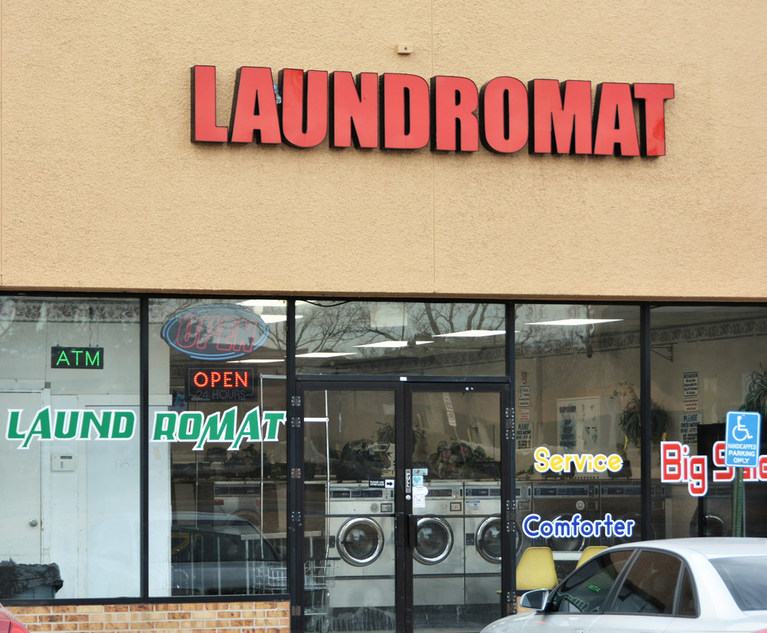 Since the 2000s, creditors—both original and debt buyers—have obtained hundreds of thousands of default judgments against people in the New York City Civil Court. Consumer protection and law enforcement actions have shed light on widespread problems with service of process, which reached epidemic proportions a decade ago and still persist to this day. Without proper notice of the lawsuit, too often consumers first learn about the action when creditors seek to enforce a default judgment, which may be years later. New York law provides an avenue for addressing the lack of personal jurisdiction: New York’s Civil Practice Law & Rules §5015(a)(4). Proper submissions by litigants and appropriate application of the legal standard by the courts are essential to ensuring that these consumer credit actions are decided on the merits and that default judgments are not improperly enforced where plaintiffs failed to legally serve defendants.
Since the 2000s, creditors—both original and debt buyers—have obtained hundreds of thousands of default judgments against people in the New York City Civil Court. Consumer protection and law enforcement actions have shed light on widespread problems with service of process, which reached epidemic proportions a decade ago and still persist to this day. Without proper notice of the lawsuit, too often consumers first learn about the action when creditors seek to enforce a default judgment, which may be years later. New York law provides an avenue for addressing the lack of personal jurisdiction: New York’s Civil Practice Law & Rules §5015(a)(4). Proper submissions by litigants and appropriate application of the legal standard by the courts are essential to ensuring that these consumer credit actions are decided on the merits and that default judgments are not improperly enforced where plaintiffs failed to legally serve defendants.
Background
Over the past decade and a half, original creditors and debt buyers have filed, annually, tens of thousands of consumer credit actions in the New York City Civil Court. In 2008, consumer credit filings in Civil Court peaked at more than 300,000. By comparison, the total number of civil cases filed in all the U.S. District Courts for the same year was just over 267,000. The number of filings began to decline, and reached a low of 45,000 in 2016; however, this trend reversed in 2017, when filings climbed to over 75,000. Over 95% of defendants in consumer credit actions are unrepresented, which creates challenges for the courts in fairly administering these cases and for defendants in effectively defending themselves in these actions. Defending against consumer credit actions is all the more difficult because of longstanding, well-documented and widespread problems with service of process that often result in entry of default judgments. For example, in 2009, the New York Attorney General brought a case against 35 debt collection law firms, which had used improper service to obtain over 100,000 default judgments. For consumer credit actions in New York City Civil Court, rates of default judgment for failure to answer have ranged from astonishing numbers in 2008 (70% citywide) to the unacceptably high rate of 41% in 2017. Between 2008 and 2017, creditors obtained entry of an estimated 738,000 default judgments against consumers. Default judgments cause hardship for low-income people through wage garnishment and bank account restraints—among other collateral consequences.






